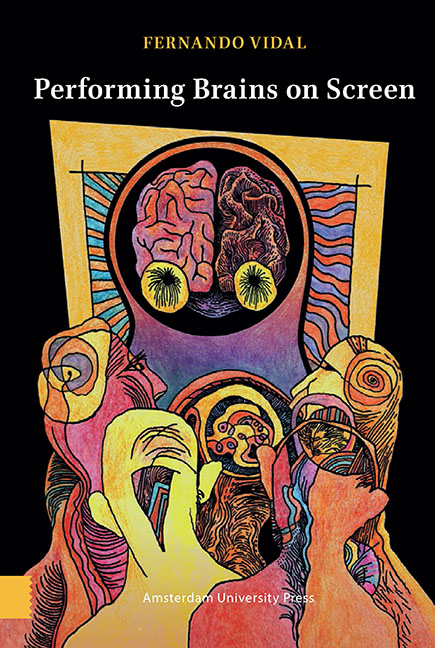Book contents
5 - Frankenstein’s Brains
Published online by Cambridge University Press: 13 May 2022
Summary
Abstract
This chapter documents how, in the long history of Frankenstein productions, the original theme of the creation of life was replaced by brain transplantation, and explores various forms of that radical transformation. It discusses the origins of the brain subplot and the relation of motion pictures to Mary Shelley's novel (1818). It also examines the entire Frankenstein film industry since 1910, with emphasis on the series produced by Universal (1931–1948, including James Whale's foundational classic) and Hammer (1957–1973). In contrast to the tendency to find in the Frankenstein motif all sort of societal “anxieties,” this chapter demonstrates the significance of factors internal to the film industry in the formation of a narrative and visual tradition.
Keywords: brain transplantation, Frankenstein, James Whale, Hammer Film Productions, Mary Shelley, Universal Pictures
We have so far explored how the cinema performs the relationship between personhood and the body by means of fictions concerning the brain and its contents. From the “mad brain specialist” of The Man Who Changed His Mind (1936) and the crude disembodied brains of 1950s B movies, to The Matrix (1999), which offers a version of the philosophical fable of the brain in a vat (Chalmers 2005), and further on to the dying tycoon and the ailing elderly whites of Self/less (2015) and Get Out (2017), motion pictures have localized individuality essentially in the brain, and have imagined ways for personal identity to transcend the body's demise by transplanting the brain or its contents into other, typically younger and healthier bodies. Drawing credibility from both science and philosophy, they implicitly follow Roland Puccetti's 1969 conclusion, “Where goes a brain, there goes a person.” At the outset, movies assume that the brain is the somatic limit of the self and consider that the noncerebral physical body is secondary to personal identity. However, the body's role as repository of the brain and as the recipient's interface with the world shapes the hybrid subject's experience, and generates the motives and imbroglios that drive action.
Frankenstein films deserve a special place in the history of such fictions. At a general level, this is because “Frankenstein” designates “an authentic modern cultural myth” (Marcus 2002, 190).
- Type
- Chapter
- Information
- Performing Brains on Screen , pp. 155 - 178Publisher: Amsterdam University PressPrint publication year: 2022



